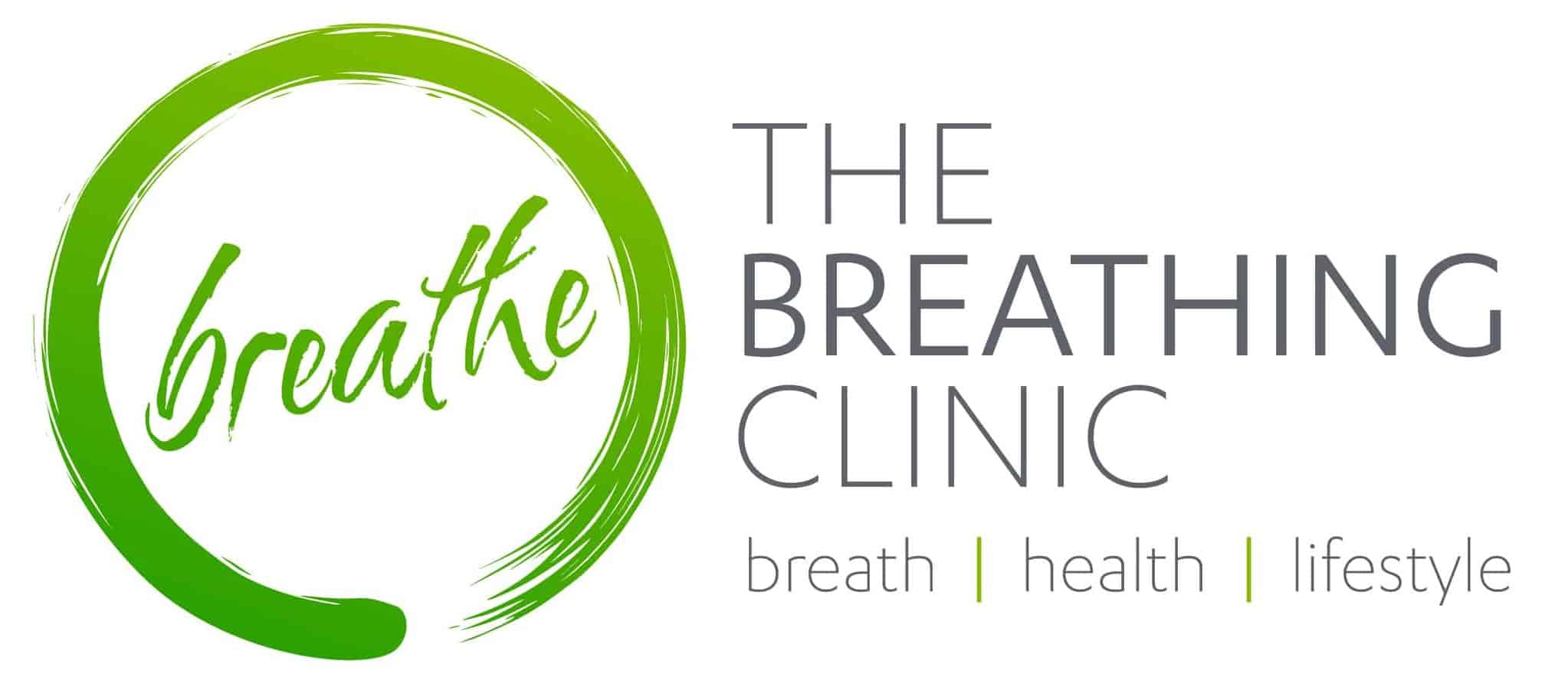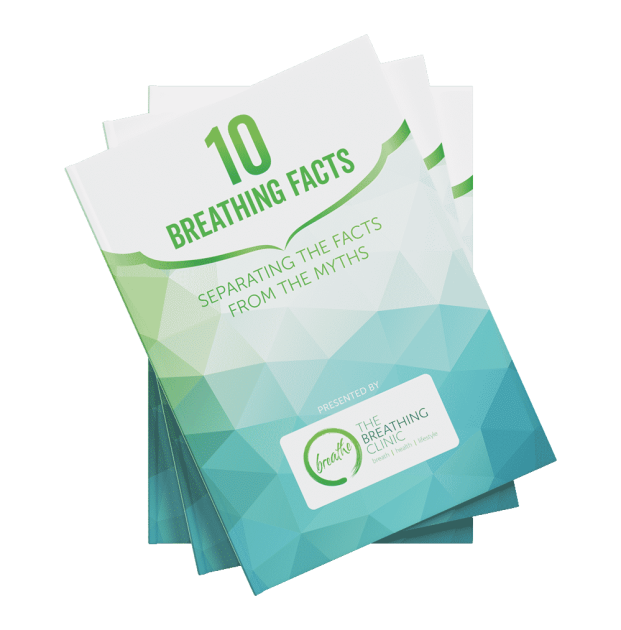‘Reduce asthma hospitalisations by 50% by 2029’ was the bold goal that we were tasked with last week in Auckland when Glenn White, Felicity Campbell and I, representing Breathing Clinics NZ, joined a group invited from around the country by Asthma New Zealand for the 2019 asthma hui.
This is indeed a bold and ambitious goal given that 77 New Zealanders died of this unpredictable and potentially deadly condition in 2018 and that every year the death rate continues to climb. Along with Australia, the UK and the USA we have the highest asthma death rates per capita in the world.
Choosing to change
Katheren Leitner, CEO of Asthma NZ, is not from a health background. She has an entrepreneurial business background and she is used to getting results. She doesn’t mince words and her message was clear: ‘change or die’.
Change or Die is the title of a book written by Alan Deutschman who asks:
‘Change or die — what if you were given that choice? If you didn’t, your time would end soon — a lot sooner than it had to. Could you change when change matters most? Deutschman concludes that although we all have the ability to change our behaviour, we rarely ever do. From patients suffering from heart disease to repeat offenders in the criminal justice system to companies trapped in the mould of unsuccessful business practices, many of us could prevent ominous outcomes by simply changing our mindset.’
Improving outcomes for patients
It was a hui dedicated to the patient. ‘All our efforts must go towards better health outcomes for our patients. People suffering from asthma should be intolerable to each of us, we must work together to enable people to live well with asthma.’ These were Katheren’s opening words — she set the tone and challenged each one of us to be curious, to be open, to be teachable. There was no hiding in that room, closed mindedness was called out. Whether we like to admit it or not, the current approach to asthma in NZ is not working. Continuing to do the same thing and expecting a different result is very expensive madness with results that can be tragic.

Hui sessions
Over 2 long, intense days we listened to talks from specialists in various fields including Breathing Clinics NZ, nurse educators, pharmaceutical company representatives (GSK and Boehringer Ingelheim), community health workers, Allergy NZ and respiratory specialist, Dr Alex Chapman. Between talks we were challenged to get out of our seats and out of our comfort zones, to put aside our egos and what we thought we knew and to open our minds and widen our perspectives.

Changing my attitude
On the first half of the first day I sat there, arms folded defensively, and I agreed wholeheartedly with Katheren but with a twist — that everyone else needed to listen to us and that they needed to change.
It was a brutal realisation that I was just as guilty as everyone else of identifying with my own tribe, not listening to others and thinking that we knew best. I vowed to do better, I unfolded my arms and as I listened to the experts in the room it dawned on me how lucky we were as breathing educators to be working privately in the field of health. Those who seek out our services are already motivated to take responsibility for their own health and to make changes and are willing (or have the means) to pay for it both in terms of time and money.
For many other the health practitioners the patients they work with do not have these means. ‘How can a person be concerned about their health when they are struggling to put food on the table or keep a roof over their head?’
Changing patients’ habits
We heard that facts, fear and force so often used in healthcare are not working — 10% of the population will shift, the balance will become more deeply attached to their habits.
We like to think people are rational and that they listen to reason. However, this is often not so. If this worked people would change when given the facts. Often they don’t so then we try fear — change or die. But fear doesn’t work either, neither does force — just do what we say and you’ll be fine. The problem with this approach is that the control is held ‘in the club’ by medical professionals rather than by the patient who is not empowered or equipped with the skills to change.
Giving patients hope
Knowledge, skills and hope can bring about a change in behaviour. We need to find a different angle, to find a way to educate and to give hope. Hope triggers a positive emotional response rather than fear, guilt and shame. People are often demoralised and have neither hope nor power. They may have tried to change on their own and can’t. They need a new relationship with a person or community who can instil a sense of hope, who believes they can change and who inspires them to do so.
I listened to this with a growing sense of excitement about how we can contribute. We have the knowledge and skills to help empower people to be their own agents of change. Tariana Turia, former Associate Minister of Health and co-leader of the Maori Party learned the Buteyko Method in 2004 and said that it offered people rangatiratanga over their health.
Removing barriers to improved health
Barriers to improving asthma outcomes identified by speakers included finances, language, lack of understanding and lack of interest. Many people simply don’t consider health important until something goes wrong. When someone is struggling with a damp, cold mouldy home, lack of good food and warm clothing, health takes a lower priority.
One recurring theme was how often patients are discharged from hospital with no asthma action plan or review plan, and no recommendation to seek help from free asthma educators. Where Asthma NZ educators do manage to engage they are making a difference: 67% reduction in hospitalisations and 61% decrease in frequency of Ventolin use following asthma education.
No easy answers
In the first few hours of the hui I thought it was obvious that we could easily achieve the goal if everyone who visited an emergency department in NZ each year because of asthma symptoms was funded to do a course through Breathing Clinics NZ.
However, as I listened I started to realise it wasn’t that simple. For a complex set of reasons many of these patients would not even turn up for a course let alone make the changes asked of them or do the work required.
Asthma and allergic rhinitis
A strong message from Penny Jorgensen, Allergy NZ, was not to underestimate allergic rhinitis and that managing it can help asthma. During the thunderstorm asthma event in Australia in 2016 it was not those with an asthma diagnosis but those with allergic rhinitis who died.
Allergy specialists now think these people died from anaphylaxis not asthma. Their theory is that pollen particles swelled up and atmospheric conditions blew them to bits so they became very fine particles and affected those not normally affected.
We agree regarding the seriousness of this condition although we differ in our approach to managing it. Breathing retraining is very successful at reducing or eliminating allergic rhinitis using natural methods and working with the body rather than a pharmacological approach.
Use of asthma medications
It was reassuring to hear a message from respiratory consultant, Dr Alex Chapman regarding Ventolin that validates our own message — that it is a false belief that beta agonists are safe and that overuse of Ventolin over time will make asthma worse due to down-regulation of beta receptors, increased hyper-reactivity of airways and increased inflammation. To quote Dr Chapman ‘the use of Ventolin PRN is out the window’.
Many in the room, including the breathing educators, were concerned that Symbicort (Budesonide/Formoterol), a potent inhaled corticosteroid and long-acting beta agonist combination medication, could potentially be normalised even for mild asthmatics. However, the suggestion to use PRN as needed, rather than daily, might be a welcome trend in reducing medication load.
Breathing re-training and asthma
Breathing Clinics NZ may currently be small in number (7 throughout NZ) but the results our clients with asthma achieve are impressive. They mirror those that have been achieved in the clinical trials of the Buteyko Method with asthma patients between 1998 and 2016, including reductions in:
- asthma reliever medication of 85% to 100%
- inhaled steroid medication of 40% to 50%, and
- symptoms (improved quality of life scores) of at least 50% within the first week.
All those with asthma who complete a course and are compliant achieve a 100% reduction in exercise-induced asthma.

Deciding what to change
On the final day we split into groups tasked with identifying the ‘what’ – what would we change that would achieve the goal? We were told not to be concerned with the how at this stage but to focus on the what. What could we do differently? Once we had identified that we would start by doing what is necessary, then do what is possible and then suddenly we would be doing the impossible.
Our group decided that, if we wanted to work with education and hope, we should start with children. Prevention is better than cure and children’s minds are open and fertile, their habits not so ingrained. This means they find it easier to change than adults.
We recommended the following initiatives:
- teach a breathing basics programme, including nasal breathing, in schools as part of the national PE curriculum
- screen for mouth breathing, and other signs and symptoms of breathing pattern dysfunction in general practice
- offer comprehensive breathing retraining courses in the public health sector.
We came away with a renewed respect for the challenges facing those in public health. We must keep this in mind as we respectfully engage and manage our expectations regarding the task we have been set.
Looking forward to the 2020 hui
The next hui is in Auckland in March 2020 and Breathing Clinics NZ will be there to continue the momentum. We look forward to contributing to the development of the plan to achieve the ambitious goal of 50% reduction in asthma hospitalisation by 2029. After all, in the words of Anita Roddick, ‘If you think you are too small to make a difference you have never been in the dark with a mosquito.’


